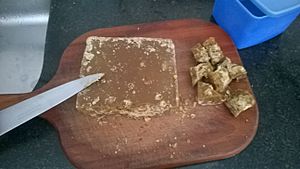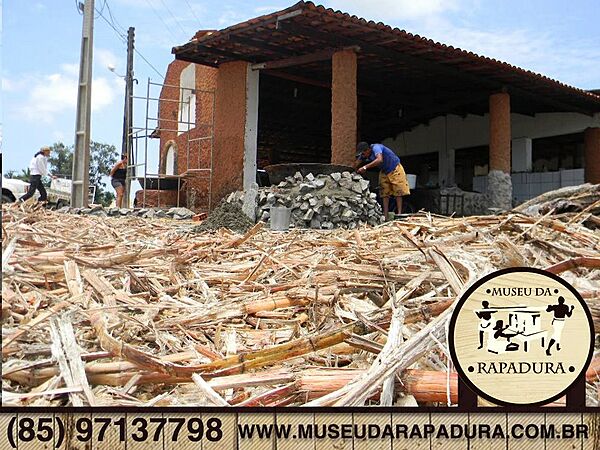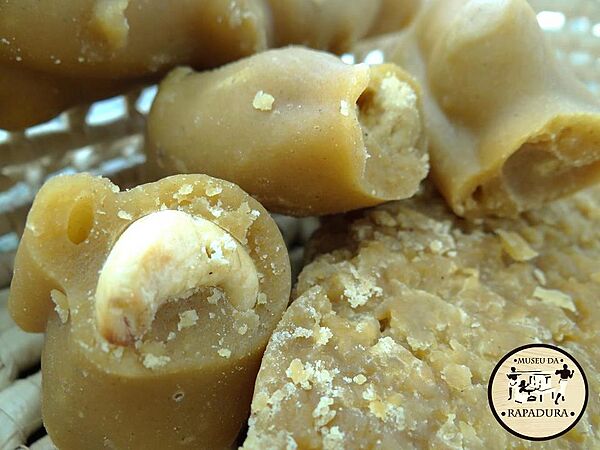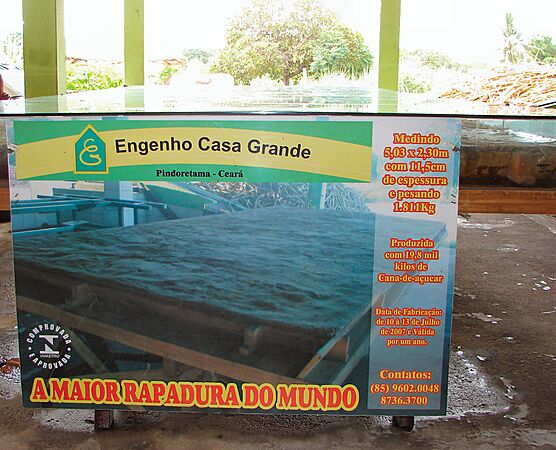Panela facts for kids
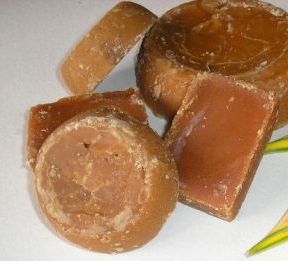 |
|
| Alternative names | Piloncillo, Chancaca |
|---|---|
| Region or state | |
| Main ingredients | Whole cane sugar |
| Nutritional value per 100 g (3.5 oz) | |
|---|---|
| Energy | 1,600 kJ (380 kcal) |
| Sugars | 86.4 g |
|
0.1 g
|
|
|
Protein
|
0.2 g
|
| Other constituents | Quantity |
| Water | 12.3 g |
| Calcium | 79 mg |
| Magnesium | 81 mg |
| Iron | 12 mg |
Source: http://ccbolgroup.com/chancaca.html |
|
Panela is a special type of whole cane sugar. It is not refined, meaning it keeps more of its natural goodness. Panela is very popular in Central and Latin America.
It is made by boiling and drying sugarcane juice. This process turns the juice into a solid block of sucrose. Panela has many different names depending on where you are. For example, it's called chancaca in Chile and Peru. In Mexico, it's known as piloncillo. The name piloncillo means 'little loaf' because of its traditional shape.
Panela tastes much richer than regular brown sugar. Brown sugar is usually just white sugar with a little molasses added back. Panela, however, is made directly from sugarcane juice. Like brown sugar, piloncillo comes in two types: a lighter one (blanco) and a darker one (oscuro). People in Mexico have been using this unrefined sugar for at least 500 years!
Panela is sold in different forms. You can find it as a liquid, in granules, or as solid blocks. It is used in many ways, from making sweets to brewing drinks.
Contents
What Panela is Called in Different Places
Panela has many names across the world. Here are some of them:
- Raspadura in Cuba, Panama, and Ecuador
- Rapadou in Haiti
- Dulce de panela or dulce de atado in El Salvador
- Panela in Colombia, Venezuela, and Ecuador
- Rapadura in Argentina, Cuba, Guatemala, Honduras, Brazil, Paraguay, and the Dominican Republic
- Chancaca in Peru, Bolivia, and Chile
- Tapa de dulce in Costa Rica and Nicaragua
- Papelón in Venezuela
- Gur or Jaggery or Vellam or Bella (ಬೆಲ್ಲ) in India
- Gura in Afghanistan
- Piloncillo in Mexico and Spain (it means "little pylon" because of its cone shape)
- Nam oy in Laos
- Đường phên in Vietnam
Panela's Importance to the Economy

Colombia is the biggest producer of panela in the world. They make about 1.4 million tons each year! People in Colombia also eat the most panela per person.
Making panela is a very important job in Colombia. About 350,000 people work on nearly 20,000 panela farms, called trapiches. This industry helps many families in rural areas. It is the second-largest employer in Colombian agriculture, after coffee farming.
Panela is a low-cost sweetener. It also provides some minerals and vitamins. Because it is affordable, many people, especially those with lower incomes, rely on it for energy and nutrition.
How Panela is Used
Panela was first made to make it easier to transport sugar. Today, it is used in many delicious foods and drinks.
In Peru, chancaca is used in traditional dishes like champús and picarones. In Costa Rica, it helps make tapa de dulce and agua de sapo. Chile uses it for sweet sopaipilla.
A very common use in Colombia is for aguapanela. This is one of the most popular drinks there. It gives a lot of energy to people who work hard, especially in the countryside. Panela is also used to make guarapo and many desserts. Since panela comes in solid blocks, some homes in Colombia have a special hard stone to break it into smaller pieces.
In Mexico, piloncillo is often shaped like small cones. It is used in many Mexican desserts. These include atole, capirotada, champurrado, and flan. Sometimes, it is mixed with spices like anise or chocolate.
In the Philippines, panocha is used for latík and kalamay. People also enjoy eating it just as it is. In Venezuela, panela is a key ingredient for many traditional recipes.
Panela and Your Health
Some people who make and sell panela say it is healthier than regular refined sugar. They suggest it might help your body fight off sickness. They also claim it has more good nutrients. However, experts say that while it has a tiny bit more vitamins and minerals, it is "still sugar." This means you should enjoy it in moderation, just like any other sweet treat.
National Panela Pageant
Every January, a special festival takes place in Villeta, Cundinamarca, Colombia. This town is famous for growing sugarcane and making panela. The festival is called the National Panela Pageant. It celebrates the hard work of the people who make panela.
The festival has been held since 1977. It helps bring people together and share their common love for panela. During the pageant, a National Queen is chosen. She is picked based on her beauty, popularity, and how much she knows about panela.
Gallery
-
This is the front of the Museum of Brown Sugar in Aquiraz, Ceará, Brazil. It's a sugar plantation with old features.
See also
 In Spanish: Panela para niños
In Spanish: Panela para niños


